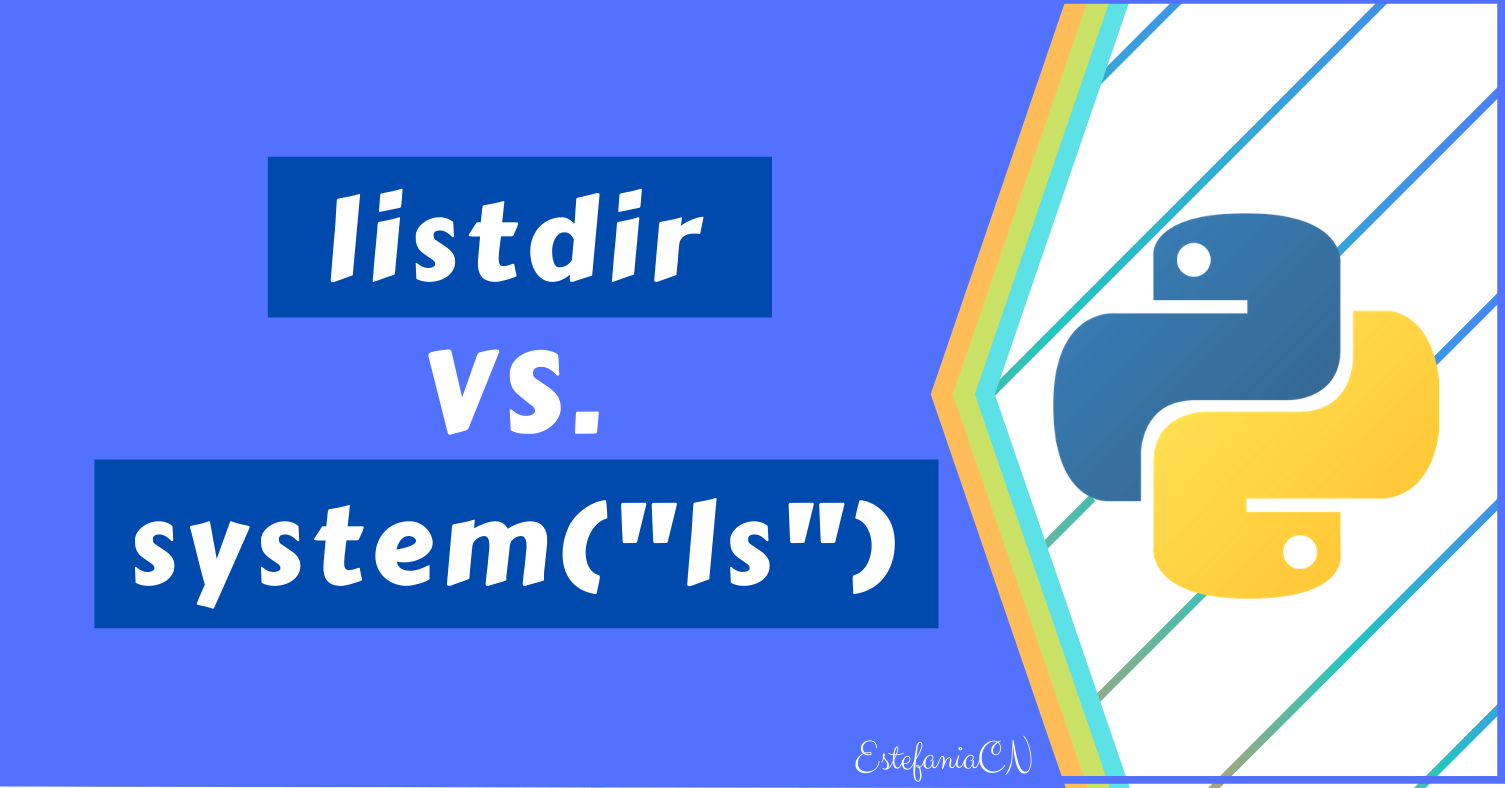

- #Javascript list directory contents how to
- #Javascript list directory contents install
- #Javascript list directory contents update
- #Javascript list directory contents code
This can be used to continuously loop through the entries and get all the file names using a while loop. The readSync() method will automatically read the next directory entry and return null when no more entries exist. Client side Java Script that lets the public view a directory list of files on your server is considered to be dangerous. This example uses 'client-side' Java Script.

#Javascript list directory contents how to
In this article You'll learn how to create a webpage that gives a list of the files in a folder.
#Javascript list directory contents code
This name can be accessed and displayed to this user. Java Script Code for Directory File List. This object has a name property that can be used to get the file name that this fs.Dirent object refers to. This method returns an fs.Dirent object that contains the representation of the directory entry. The fs.Dir object can be used to access the files in that directory using the readSync() method. It returns an fs.Dir object that represents the given directory. It can be used to read the contents of a directory. Method 2: Using the fs.opendirSync() method: The fs.opendirSync() method is available in the file system module of Node.js. Difference between Fetch and Axios.js for making http requests.

#Javascript list directory contents update
#Javascript list directory contents install
Offline_boltGetting Started The V8 JavaScript Engine Run Node.js scripts from the command line How to exit from a Node.js program How to read environment variables from Node.js How to use the Node.js REPL Node.js, accept arguments from the command line Output to the command line using Node.js Accept input from the command line in Node.js Expose functionality from a Node.js file using exports An introduction to the npm package manager Where does npm install the packages? How to use or execute a package installed using npm The package.json guide The package-lock.json file Find the installed version of an npm package Install an older version of an npm package Update all the Node.js dependencies to their latest version Semantic Versioning using npm Uninstalling npm packages npm global or local packages npm dependencies and devDependencies The npx Node.js Package Runner The Node.js Event Loop Understanding process.nextTick() Understanding setImmediate() Discover JavaScript Timers JavaScript Asynchronous Programming and Callbacks Understanding JavaScript Promises Modern Asynchronous JavaScript with Async and Await The Node.js Event emitter Build an HTTP Server Making HTTP requests with Node.js Get HTTP request body data using Node.js Working with file descriptors in Node.js Node.js file stats Node.js File Paths Reading files with Node.js Writing files with Node.js Working with folders in Node.js The Node.js fs module The Node.js path module The Node.js os module The Node.js events module The Node.js http module Node.js Buffers Node.js Streams Node.js, the difference between development and production Error handling in Node.js How to log an object in Node.js Node.js with TypeScript Node.js with WebAssembly Working with folders in Node. Offline_boltQuick Start Introduction to Node.js A brief history of Node.js How to install Node.js How much JavaScript do you need to know to use Node.js? Differences between Node.js and the Browser


 0 kommentar(er)
0 kommentar(er)
